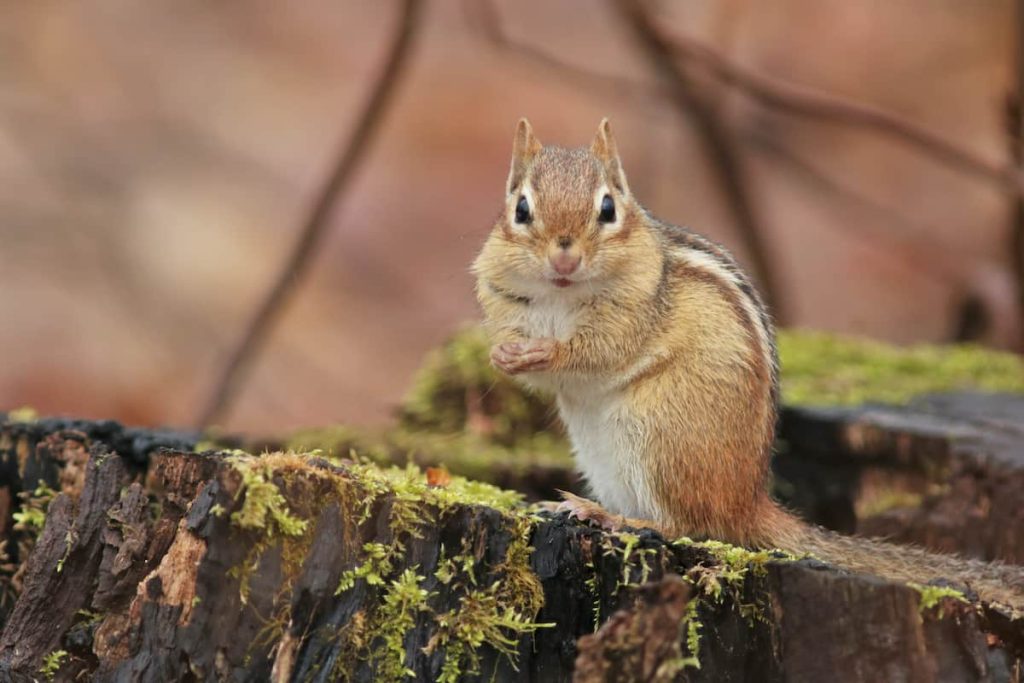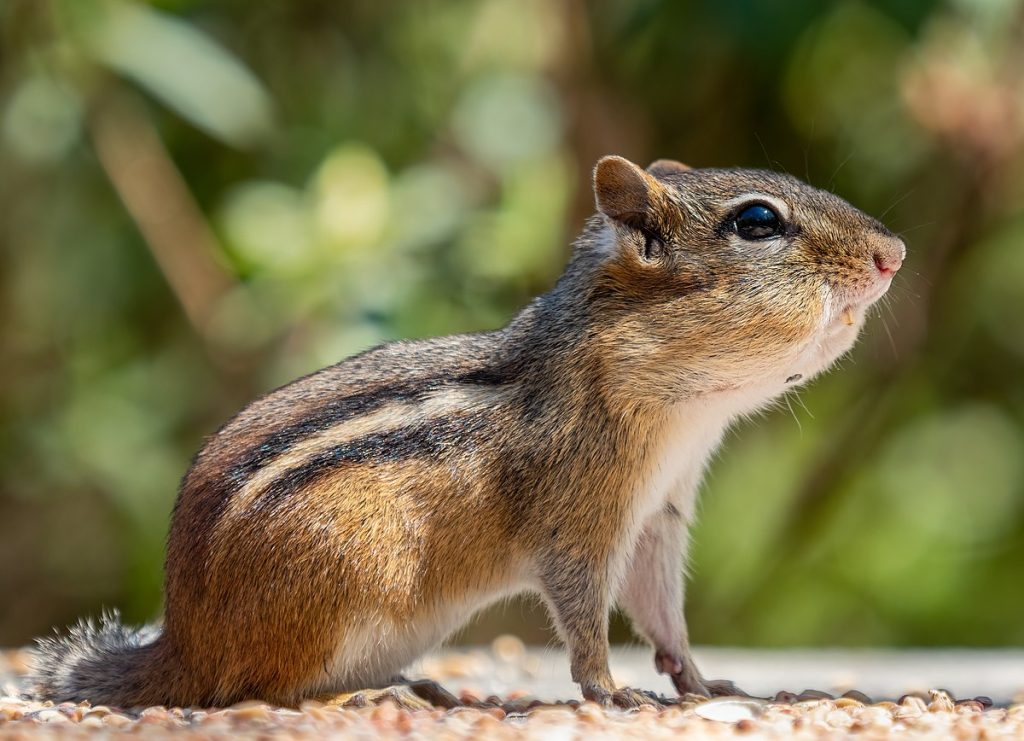Introduction:
Chipmunks are small, charismatic rodents that play an essential role in many ecosystems. They provide food for predators, disperse seeds, and contribute to soil health through their digging activities. However, many species of chipmunks are facing threats to their survival, including habitat loss, climate change, and disease. In this article, we will explore the challenges facing chipmunk conservation and the strategies being implemented to protect these vital species.

Chipmunk Species and Distribution:
There are 24 species of chipmunks in the world, found primarily in North America, but also in Asia and Europe. In North America, chipmunks are found throughout the continent, from Alaska to Mexico. Chipmunks occupy a variety of habitats, including forests, grasslands, and deserts.
Threats to Chipmunk Conservation:
a. Habitat Loss: Chipmunks rely on specific habitats for food, shelter, and reproduction. Habitat loss due to human activities, such as agriculture, urbanization, and forestry, is a significant threat to chipmunks.
b. Climate Change: Changes in temperature and precipitation patterns can affect the availability of food and water for chipmunks and alter their breeding cycles.
c. Disease: Chipmunks are susceptible to various diseases, such as Lyme disease and hantavirus, which can have devastating effects on populations.
d. Predators: Chipmunks are preyed upon by a variety of predators, including birds of prey, snakes, and mammals.

Conservation Strategies:
a. Habitat Protection: The preservation of natural habitats is essential for chipmunk conservation. Protected areas, such as national parks and wildlife refuges, provide crucial habitats for chipmunks and other wildlife.
b. Habitat Restoration: Restoring degraded habitats through reforestation, wetland restoration, and other techniques can help reconnect fragmented populations and improve habitat quality.
c. Disease Monitoring and Control: Monitoring for diseases and controlling the spread of pathogens is crucial for preventing disease outbreaks in chipmunk populations.
d. Predator Management: Strategies such as predator exclusion and habitat management can help reduce predation on chipmunks and their young.
e. Public Education: Educating the public about the importance of chipmunks and their role in ecosystems can help promote conservation efforts and support habitat protection and restoration.

Case Study: The Eastern Chipmunk:
The Eastern chipmunk (Tamias striatus) is a species of chipmunk found in the eastern United States and Canada. It is a common species, but like many chipmunks, it faces threats from habitat loss and fragmentation. The Eastern chipmunk is also susceptible to diseases such as Lyme disease and West Nile virus, which can have significant impacts on populations. Efforts to conserve this species include habitat protection and restoration, disease monitoring, and public education.
Chipmunks play a vital role in many ecosystems and face numerous threats to their survival. Conservation efforts such as habitat protection and restoration, disease monitoring and control, and public education are essential for ensuring the survival of these vital species. By working together, we can protect chipmunks and other wildlife for future generations.